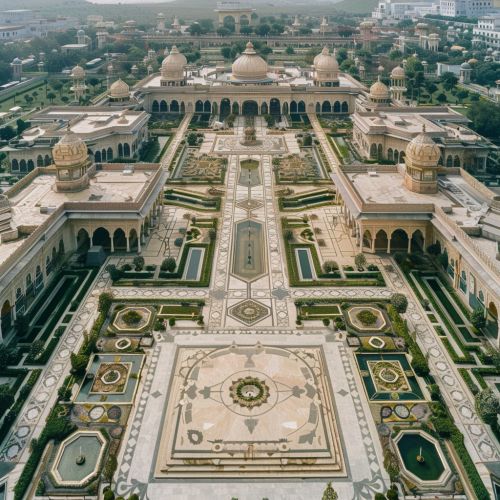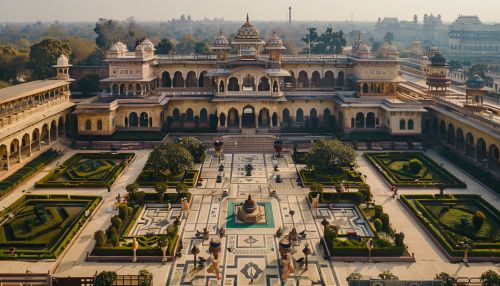Mughals
Origins and Rise of the Mughal Empire
The Mughal Empire, also known as the Mogul Empire, was an early-modern empire in South Asia. For some two centuries, the empire stretched from the outer fringes of the Indus basin in the west, northern Afghanistan in the northwest, and Kashmir in the north, to the highlands of present-day Assam, India in the east, and the uplands of the Deccan in the south.


The Mughal Empire is conventionally said to have been founded in 1526 by Babur, a warrior chieftain from what today is Uzbekistan, who employed aid from the Ottoman Empire, and the neighboring Safavid dynasty, with the ambition to conquer Hindustan (the Indian subcontinent).
Reign of Akbar
One of the most significant periods of the Mughal Empire was the reign of Akbar the Great (1556–1605). His rule significantly expanded the empire, and he is most admired for his policies of religious tolerance and incorporation of native Indian elites into the empire's administration. The political system he established was copied almost in its entirety by the British and was the foundation of their administrative system in India.
Decline of the Mughal Empire
The Mughal Empire began to decline in the 18th century. This decline was marked by political instability, economic stagnation, and military defeat to the Maratha Empire and later the British Empire. The last Mughal emperor, Bahadur Shah Zafar, was deposed by the British in 1858 and exiled to Burma, marking the end of the Mughal Empire.
Legacy of the Mughal Empire
The Mughal Empire left a lasting mark on the Indian subcontinent with its influence on architecture, culture, administration, and more. The Taj Mahal, one of the most iconic structures in the world, was built during the Mughal era. The empire's administrative practices and system of governance served as a model for later political systems, including the British colonial authorities.
